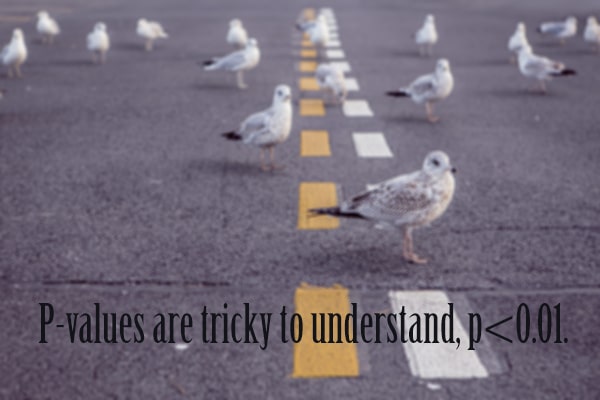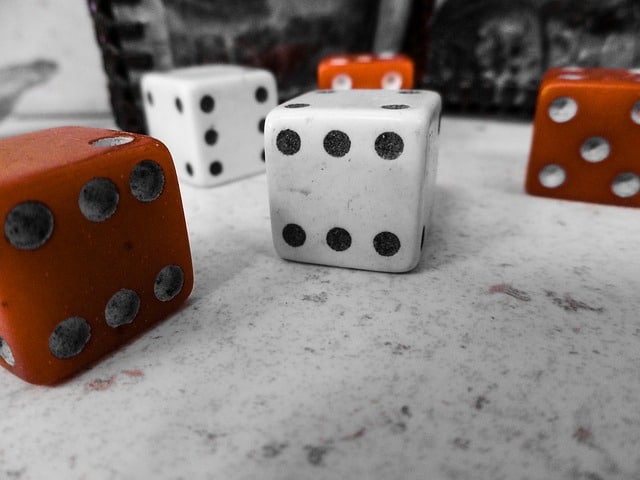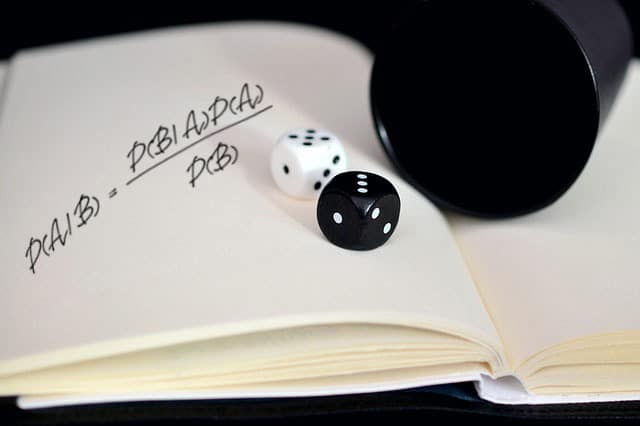 Throughout history, we have come up with better and more accurate ways to measure physical quantities like time, length, mass, and temperature. This has been crucial for our scientific and technological development.
Throughout history, we have come up with better and more accurate ways to measure physical quantities like time, length, mass, and temperature. This has been crucial for our scientific and technological development.
Each of these quantities has a precise definition and is informative about some aspect of the current state of the physical world. For example, the mass of an object can tell you how much work is necessary to lift it at a certain height. The outside air temperature determines the kind of clothes you would wear when you go out. And so on.
Probabilities are also quantities that measure something — they have a very precise and unambiguous mathematical definition. But still, they don’t relate to things in the physical world as straightforwardly and as intuitively as measures like mass and length.

 The concept of a sample space is fundamental to probability theory. It is the set of all possibilities (or possible outcomes) of some uncertain process.
The concept of a sample space is fundamental to probability theory. It is the set of all possibilities (or possible outcomes) of some uncertain process. If you ever came across Bayes’ theorem, chances are you know it’s a mathematical theorem. This theorem has a central role in probability theory. It’s most commonly associated with using evidence for updating rational beliefs in hypotheses.
If you ever came across Bayes’ theorem, chances are you know it’s a mathematical theorem. This theorem has a central role in probability theory. It’s most commonly associated with using evidence for updating rational beliefs in hypotheses.